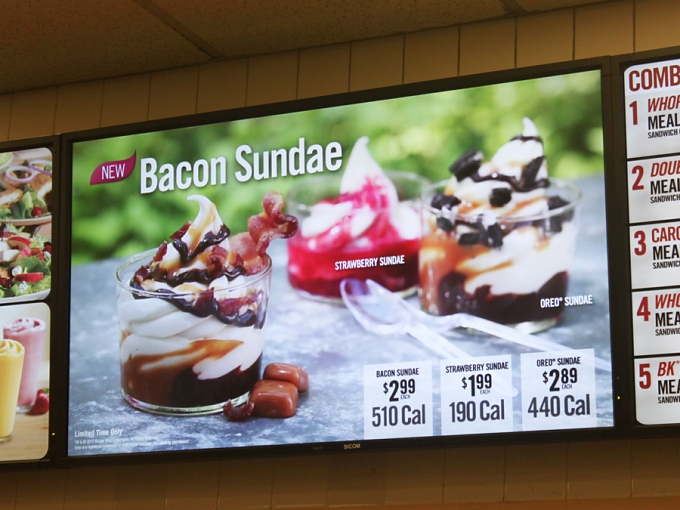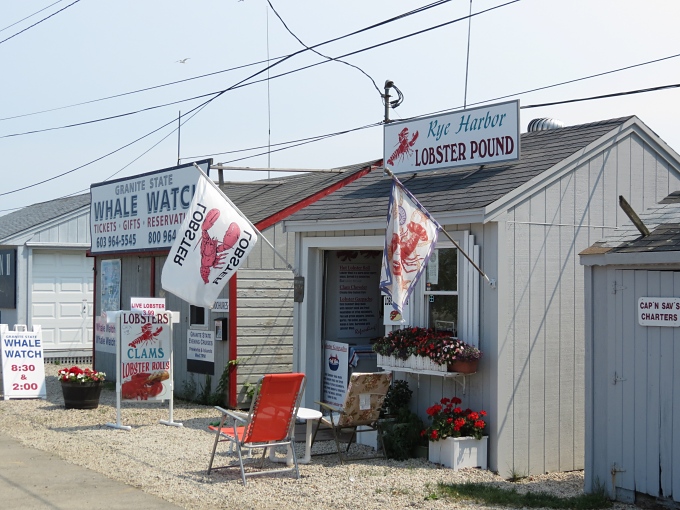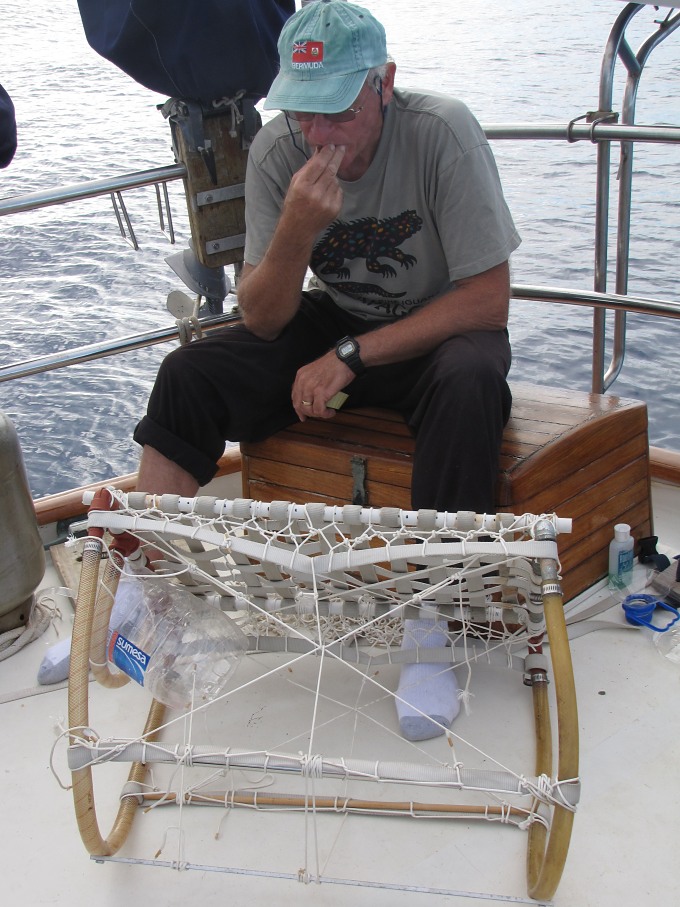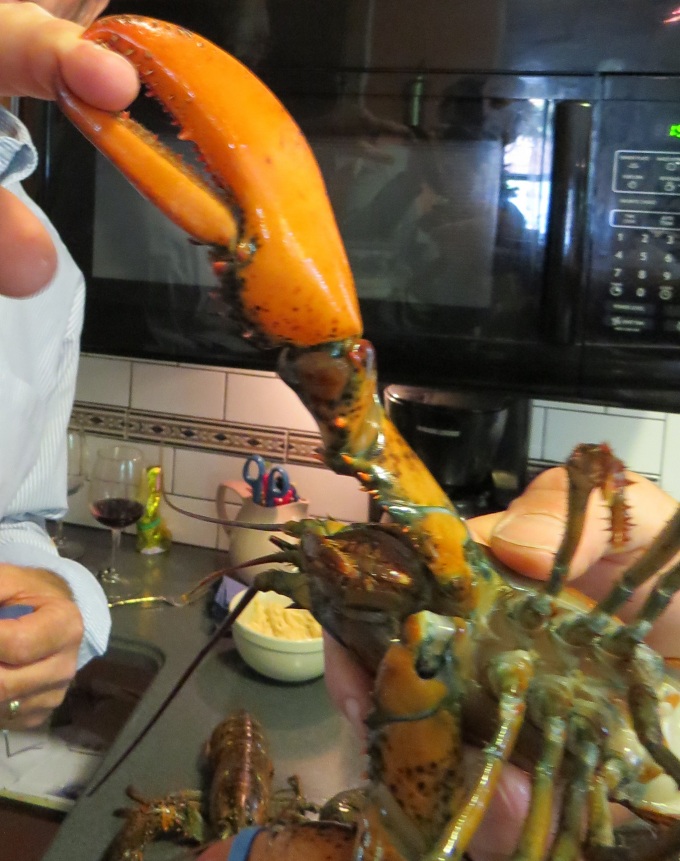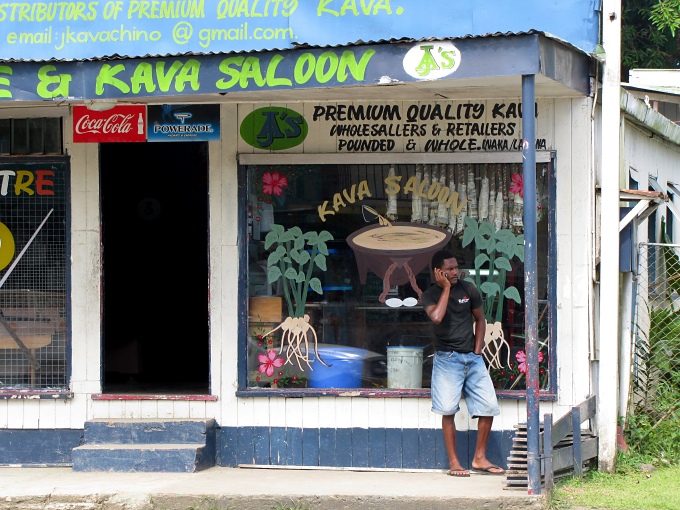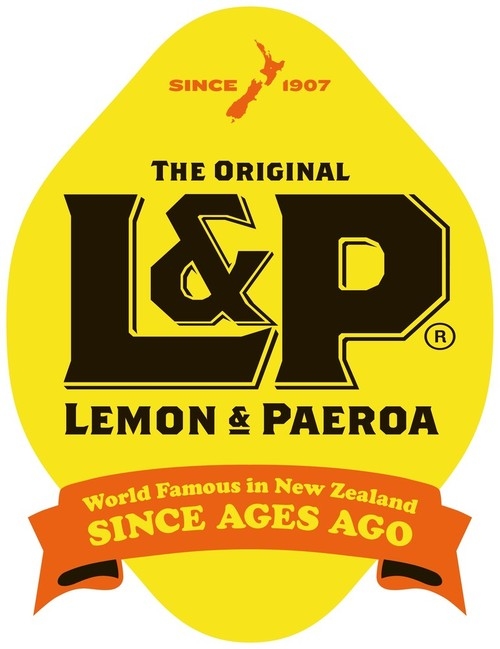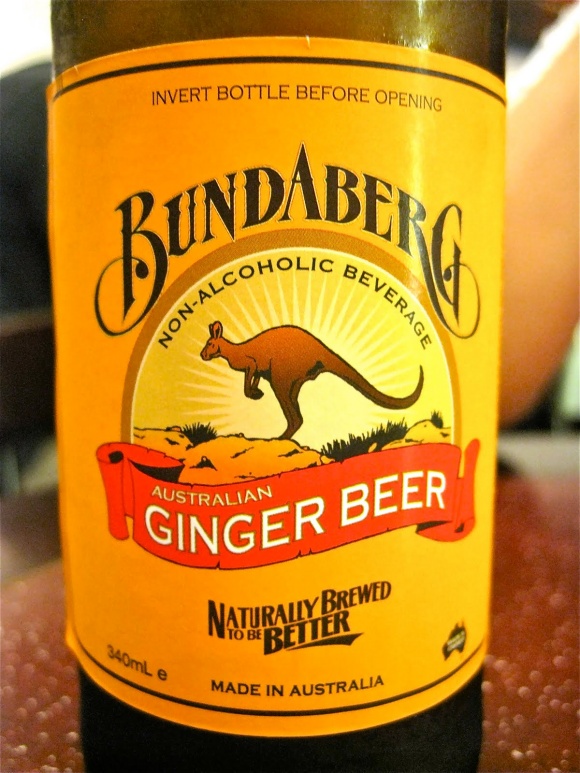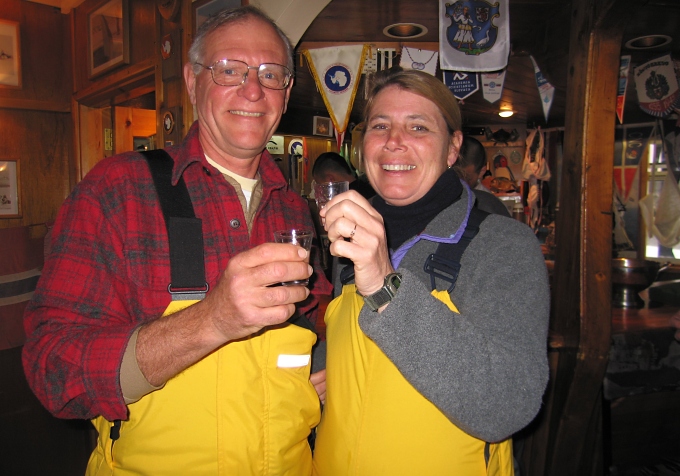I Scream, You Scream, We All Scream for Ice Cream
/Did you know that the “I Scream” line is from an old, very un-PC song written in 1927 about college boys in the way far North? Even way back then, ice cream was a hit. Actually, it appears that the ancient Chinese enjoyed “iced cream” fruity concoctions and when the Greeks and Romans and Persians found out about it, they thought it was a grand idea. On the boat, we never have ice cream … the freezer would never keep it frozen. So, when we're on land … you guessed it …an ice cream frenzy ensues. Actually, we feel it's more our duty to try different ice cream flavors and report our conclusions. Someone's gotta do it.
It seems most every country we've visited has ice cream. Depending on the manufacturer, the vendor and his freezer, the ice cream can be very, very good or icy and crystalline with that melted, refrozen kind of taste. Sometimes there's soft-serve. It's okay in a pinch, but definitely not our favorite. There's sugar-free and fat-free, but why bother? We opt for rich, thick, velvety ice cream in flavors to die for.
Many places tout their own regional specialties in the ice cream flavors they manufacture. There's calfate berry in Ushuaia, Argentina and wine-flavored ice creams like Malbec and Syrah in Mendoza, Argentina. Throughout South America, dulce de leche (kind of like caramel) is a major favorite. New Zealand has Hokey-Pokey (vanilla with toffee bits) and Tasmania has pepperberry. Here in New England, maple walnut is a favorite. This is the home of Ben & Jerry's, don't forget. We've tried them all. David's favorite is New York Super Fudge Chunk, followed closely by chocolate almond. My favorite is maple walnut, followed closely by … maple walnut.
We recently read that there's garlic, sweet corn and green pea ice cream flavors and even horsemeat and parakeet. Oh, I think we'd probably pass on those. As much as we like ice cream, horse glacée and parakeet sorbet just lack appeal for some reason. Burger King just introduced their Bacon Sundae. I wonder how it's doing?
We usually opt for cones so we can multi-task … walk and eat ice cream at the same time. I found out that the world’s largest ice cream cone was “built” in Gloucester, U.K. A forklift carried the ice cream, which weighed 2,204 pounds (~1000kg), and placed it on top of the cone. The cone stood about 13' (2.7m) tall. Pretty impressive. I doubt we could have eaten it all in one go, but maybe in a few tries.
So … the best ice cream in the world in our humble opinions? Without a doubt … Argentina. Helado artesenal … ice cream in Argentina is an artform. It's rich, creamy and and absolutely luscious. The flavorful tastes are outstanding. Beyond all that, the folks who serve the ice cream are artisans. They have little paddles, not scoops, and they shape the cones with care and flair. They serve the cones with little spoons, so you can daintily eat your cone. (as if!) It's a pleasure to watch them … especially knowing it's YOUR cone they're working on.
Did you know the first ice cream in a walkaway cone was served at the St. Louis World's Fair in 1904? I'm just full of trivia today, huh? It keeps my mind off eating ice cream.




